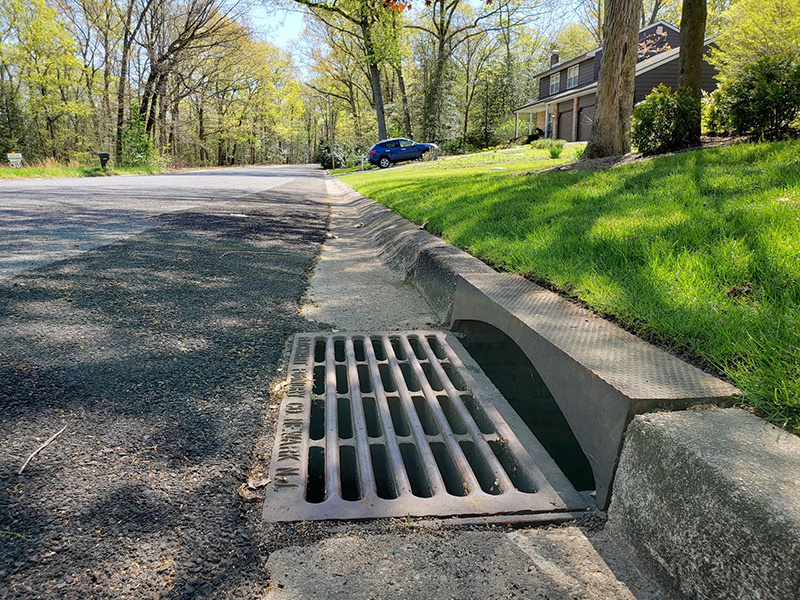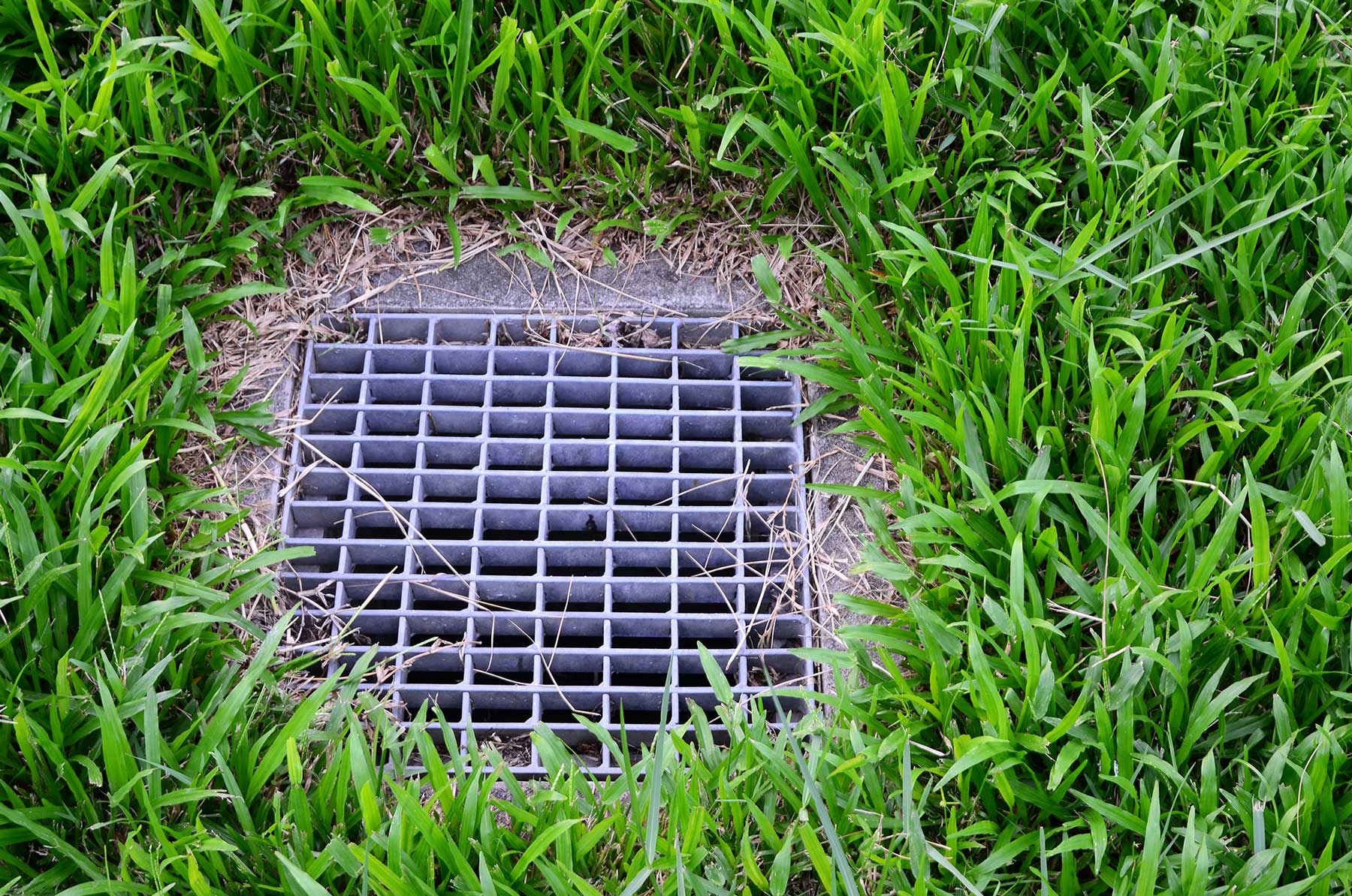Residential Storm Drain Servicesin Troy MI
Residential Storm Drain Solutions to Protect Your Home from Water Damage
We Are Locally Owned & Operated For Over 37 Years
Contact Us Today!
We Serve Businesses In And Around The Following Cities:
About Residential Storm Drain Services
Introduction to Residential Storm Drain in Troy
Regulating water drainage in the city of Troy, especially during heavy rainfalls and stormy weather, is a critical aspect of maintaining the integrity of commercial properties. An integral component of effective water management is the Residential Storm Drain. This comprehensive guide will delve into the world of storm drainage solutions, examining the importance of installing an efficient storm drain system, its advantages, and practical applications to better understand and manage water-related challenges.
The well-crafted storm drain system’s functionality in a residence, whether it’s house storm drains, residential storm drain systems, storm drain in basements, or backyard storm drains, extends beyond the home – it helps protect commercial properties too. Local businesses, particularly those in Troy, need to understand the broad-ranging benefits of these solutions and make the most of them.
Understanding Residential Storm Drain Systems
A storm drain, often referred to as a storm sewer or surface water sewer, is a drainage system designed to transport rainwater from urban areas to an appropriate discharge point. The objective is to prevent flooding and reduce environmental damage, while providing lapidary benefits to both residential and commercial properties.
Residential storm drain systems in Troy typically encompass house storm drains that efficiently ferry rainwater from the roof, storm drain in basements that prevent flooding, and yard storm drain solutions like a backyard storm drain or a storm drain for driveways that keep the outdoor spaces dry and safe. Each of these components is equally important in facilitating efficient water flow and protecting the property from potential water damage.
Beyond Drainage: The Multitude Benefits of Quality Storm Drains
Residential storm drains provide numerous benefits to commercial properties besides their primary function as a drain for rainwater. Perhaps the most significant of these is the protection against property damage. A backyard storm drain, for instance, can prevent the landscape from flooding thereby preserving the well-kept gardens and outdoor spaces often associated with commercial properties in Troy. This also enhances property aesthetics and can increase the overall property value.
Residential storm drains can also significantly reduce the risk of water damage inside the buildings. Systems such as the storm drain for house and storm drain in basement ensure that the rainwater is directed away from the physical structure, thereby preventing leaks, wall dampness, and foundation damage, all factors that can cause costly structural repairs.
The ultimate value of an expertly designed residential storm drainage system is more than just infrastructural—it contributes to the betterment and safety of the community as a whole. By channeling runoff away from local roads, they can reduce traffic disruptions and the risk of street floods providing a safer environment.
Real-world Applications: Storm Drain Solutions at Work
Many businesses across Troy have already tapped into the potential of residential storm drain systems to protect their properties. Restaurants with quaint outdoor patios, for instance, find immense value in storm drain for yard solutions that keep their al fresco dining spaces dry and prevent weather-related disruptions. The same is true for commercial property owners who have taken to install agents like storm drain in yard and storm drain in basement to manage and control runoff that could otherwise damage costly foundations and interiors.
We also see plenty of real-world applications of driveway storm drains in commercial spaces with large parking areas. These systems effectively manage surface runoff, ensuring easier navigation and the overall safety of these high-traffic outdoor spaces.
Choosing Storm Drain Solutions: The D&J Contracting Advantage
When it comes to the design and implementation of highly effective residential storm drain systems in Troy, D&J Contracting stands out as a provider of choice. Their extensive suite of service offerings—from planning, installation, to routine maintenance— caters to a diverse range of needs. Their proficiency extends to house storm drains, storm drains for driveways, and other specialized solutions, ensuring each client’s unique needs are met, and their commercial properties are well-protected against the fickle weather elements.
They’ve assisted several local businesses in the area, from retail stores to office complexes, in successfully overcoming their drainage concerns. With their unrivalled expertise, quality workmanship and personalized service, it’s no surprise they’ve become a leading provider of residential storm drain solutions in Troy.
In line with the final reflection, it becomes increasingly clear why a robust residential storm drain system should be a top priority for any commercial property in Troy. The return on investment is evident in the protection of property value and the prevention of costly damage repairs. D&J Contracting offers stellar storm drain solutions that not only manage runoff effectively but also contribute significantly to community safety. Whether it’s a storm drain for a driveway, a basement, or a yard, the value these elements bring to residential and commercial spaces can not be underestimated.
Residential Storm Drain Services Gallery


Call Us Today to receive your Free Quote for
Residential Storm Drain in Troy
Serving: Troy, Michigan

About Troy, Michigan
The earliest recorded purchases of land in what was known as Troy Township occurred in 1819. A couple of years later, a settlement known as Troy Corners was established due to Johnson Niles buying 160 acres in the region. The area is currently the north-central area of Troy. In 1827 Troy Township was established. In 1955, Troy was officially incorporated primarily as a strategy for preventing border cities from taking more land. This also helped to establish more robust city services for Troy residents, whose numbers increased rapidly during this time due to Detroiters fleeing the city for the surrounding suburbs.
It was named after Troy, New York and the ancient city of Troy as many of the early settlers, as in much of Michigan, originated from New York.
According to the United States Census Bureau, the city has a total area of 33.64 square miles (87.13 km), of which 33.47 square miles (86.69 km) is land and 0.17 square miles (0.44 km) (0.51%) is water.
| Census | Pop. | Note | %± |
|---|---|---|---|
| 1960 | 19,402 | — | |
| 1970 | 39,419 | 103.2% | |
| 1980 | 67,102 | 70.2% | |
| 1990 | 72,884 | 8.6% | |
| 2000 | 80,959 | 11.1% | |
| 2010 | 80,980 | 0.0% | |
| 2020 | 87,294 | 7.8% | |
| 2023 (est.) | 87,339 | 0.1% | |
| U.S. Decennial Census 2018 Estimate |
|||
According to a 2018 estimate, the median income for a household in the city was $96,864, and the median income for a family was $113,640. Males had a median income of $72,005 versus $52,365 for females. The per capita income for the city was $46,664. About 5.1% of families and 7.2% of the population were below the poverty line, including 6.7% of those under age 18 and 6.1% of those age 65 or over.
As of the census of 2020, there were 87,294 people, 33,822 households, and 24,300 families living in the city. The population density was 2,609.9 inhabitants per square mile (1,007.7/km). There were 34,953 housing units at an average density of 1,044.9 inhabitants per square mile (403.4/km). The racial makeup of the city was 62.2% White, 4.0% African American, 0% Native American, 27.3% Asian, 1.2% from other races, and 5.1% from two or more races. Hispanic or Latino residents of any race were 2.2% of the population.
There were 33,822 households, of which 35.4% had children under the age of 18 living with them, 60.1% were married couples living together, 8.3% had a female householder with no husband present, 3.4% had a male householder with no wife present, and 28.2% were non-families. 23.2% of all households were made up of individuals, and 10.1% had someone living alone who was 65 years of age or older. The average household size was 2.56 and the average family size was 3.05.
The median age in the city was 43.9 years. 20.7% of residents were under the age of 18; 8.8% were between the ages of 18 and 24; 32% were from 25 to 44; 28.6% were from 45 to 64; and 19.7% were 65 years of age or older. The gender makeup of the city was 50.5% male and 49.5% female.
| Race / Ethnicity (NH = Non-Hispanic) | Pop 2000 | Pop 2010 | Pop 2020 | % 2000 | % 2010 | % 2020 |
|---|---|---|---|---|---|---|
| White alone (NH) | 65,809 | 58,869 | 53,793 | 81.29% | 72.70% | 61.62% |
| Black or African American alone (NH) | 1,678 | 3,210 | 3,422 | 2.07% | 3.96% | 3.92% |
| Native American or Alaska Native alone (NH) | 105 | 124 | 108 | 0.13% | 0.15% | 0.12% |
| Asian alone (NH) | 10,713 | 15,439 | 23,788 | 13.23% | 19.07% | 27.25% |
| Pacific Islander alone (NH) | 18 | 1 | 9 | 0.02% | 0.00% | 0.01% |
| Other race alone (NH) | 79 | 125 | 312 | 0.10% | 0.15% | 0.36% |
| Mixed race or Multiracial (NH) | 1,373 | 1,502 | 2,908 | 1.70% | 1.85% | 3.33% |
| Hispanic or Latino (any race) | 1,184 | 1,710 | 2,954 | 1.46% | 2.11% | 3.38% |
| Total | 80,959 | 80,980 | 87,294 | 100.00% | 100.00% | 100.00% |
As of the census of 2010, there were 80,980 people, 30,703 households, and 22,443 families living in the city. The population density was 2,419.5 inhabitants per square mile (934.2/km). There were 32,907 housing units at an average density of 983.2 per square mile (379.6/km). The racial makeup of the city was 74.1% White, 4.0% African American, 0.2% Native American, 19.1% Asian, 0.6% from other races, and 2.0% from two or more races. Hispanic or Latino residents of any race were 2.1% of the population.
There were 30,703 households, of which 34.7% had children under the age of 18 living with them, 62.8% were married couples living together, 7.3% had a female householder with no husband present, 3.0% had a male householder with no wife present, and 26.9% were non-families. 23.4% of all households were made up of individuals, and 9.6% had someone living alone who was 65 years of age or older. The average household size was 2.63 and the average family size was 3.14.
The median age in the city was 41.8 years. 23.8% of residents were under the age of 18; 6.7% were between the ages of 18 and 24; 24% were from 25 to 44; 31.6% were from 45 to 64; and 13.8% were 65 years of age or older. The gender makeup of the city was 49.3% male and 50.7% female.
From the census of 2000, there were 80,959 people, 30,018 households, and 21,883 families living in the city. The population density was 2,413.9 inhabitants per square mile (932.0/km). There were 30,872 housing units at an average density of 920.5 per square mile (355.4/km). The racial makeup of the city was 82.30% White, 2.09% African American, 0.15% Native American, 13.25% Asian, 0.02% Pacific Islander, 0.36% from other races, and 1.82% from two or more races. 1.46% of the population was Hispanic or Latino of any race.
There were 30,018 households, out of which 36.9% had children under the age of 18 living with them, 64.5% were married couples living together, 6.0% had a female householder with no husband present, and 27.1% were non-families. 22.8% of all households were made up of individuals, and 7.8% had someone living alone who was 65 years of age or older. The average household size was 2.69 and the average family size was 3.23.
In the city 26.2% of the population was under the age of 18, 6.7% from 18 to 24, 29.8% from 25 to 44, 27.1% from 45 to 64, and 10.2% who were 65 years of age or older. The median age was 38 years. For every 100 females, there were 98.1 males. For every 100 females age 18 and over, there were 94.8 males.
From 1990 to 2000, of all of the municipalities in Oakland, Wayne, and Macomb counties, Troy had the highest numeric growth in the Asian population. It had 4,932 Asians according to the 1990 U.S. Census and 10,730 according to the 2000 U.S. Census, an increase of 5,798. The increase gave Troy the largest Asian-American population in the tri-county area, surpassing that of Detroit.
Troy uses the council–manager form of government, and thus is governed by a city council consisting of a mayor and six council members. The current mayor is Ethan Baker, who was elected to a four-year term on November 5, 2019. The city council appoints a City Manager, who manages the day-to-day operations of the city.
The City of Troy and City of Clawson on its southern border compose Michigan’s 41st District for State Representative. The district is currently represented by Padma Kuppa in the State House since 2019, and in the state Senate by Mallory McMorrow, since 2019. The district was previously represented in the State House by Martin Howrylak since 2013, and in the state Senate by Marty Knollenberg, since 2015. On the national level, Troy was part of the 9th district, represented by Joe Knollenberg from 1993 to 2009 and Gary Peters, who defeated Knollenberg in a highly publicized race in November 2008. Nationally, Troy is part of the 11th district, held by Democrat Haley Stevens.
Troy is the location of Walsh College, a business school, as well as branches of the University of Phoenix, Northwood University, Central Michigan University, Spring Arbor University, International Academy of Design and Technology, and Michigan State University.
There are seven school districts serving Troy; however, Troy School District serves the majority of the city limits. The district has multiple elementary schools, four middle schools, and two zoned high schools: Troy High School and Athens High School.
Three school districts have sizable portions of territory in Troy and operate at least one elementary school within the city: Avondale School District, in the north and northwestmost portion of the city; Birmingham City School District, in the southwestmost portion; and Warren Consolidated Schools, in the southeast, which operates Susick Elementary within the city. In addition, two other school districts are located in part in Troy but have no schools within the city limits: Bloomfield Hills School District, with a portion of the northwest part of the city, and Royal Oak School District, which has a very small portion of the southern part of the city. Finally, a small area of commercial property also in the south lies within the borders of Lamphere Public Schools
The Troy School District also hosts the eastern campus of the International Academy. Private schools include Bethany Christian School, Brookfield Academy, Oakland Children’s Academy, St. Mark Christian Academy and Troy Adventist Academy.
Call Us Today to receive your Free Quote for
Residential Storm Drain in Troy
Related Services in Troy, Michigan
We Serve Businesses In The Following Zip Codes:
48007, 48015, 48021, 48026, 48035, 48036, 48038, 48042, 48043, 48044, 48045, 48046, 48047, 48048, 48050, 48051, 48066, 48071, 48080, 48081, 48082, 48083, 48084, 48085, 48088, 48089, 48090, 48091, 48092, 48093, 48098, 48099, 48225, 48230, 48236, 48310, 48311, 48312, 48313, 48314, 48315, 48316, 48317, 48318, 48397